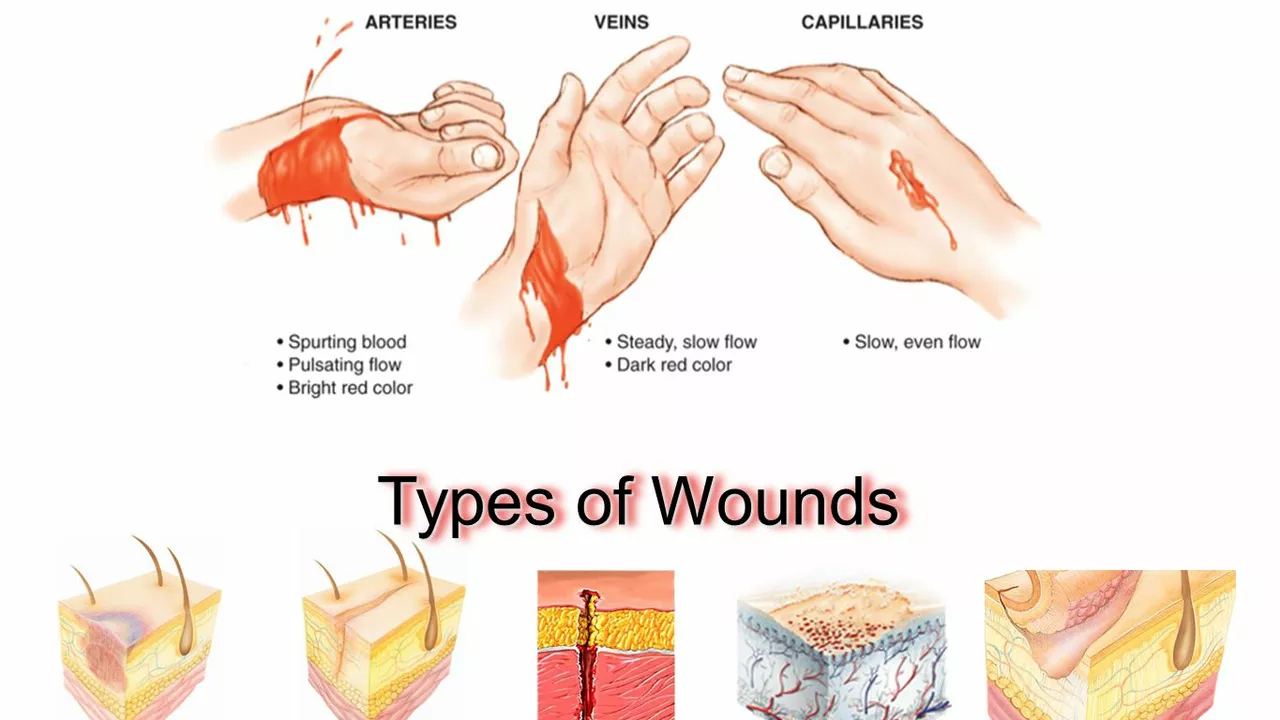Soft Tissue Injuries – What You Need to Know
If you’ve ever twisted an ankle on the playground or felt a sudden pull in your hamstring during a run, you’ve dealt with a soft tissue injury. These injuries affect muscles, ligaments, and tendons – the parts that keep our bodies moving smoothly. They’re common in sports, daily chores, and even simple slips.
Typical signs include pain, swelling, bruising, and limited motion. The intensity can range from a mild ache you can shake off to severe tearing that stops you in your tracks. Knowing the basics helps you act fast and avoid turning a small problem into a bigger one.
How to Treat Soft Tissue Injuries at Home
The first rule of thumb is RICE: Rest, Ice, Compression, and Elevation. Rest the injured area for a day or two, then gently re‑introduce movement as pain eases. Ice packs (15‑20 minutes, several times a day) reduce swelling without over‑cooling the skin.
Wrap the spot with an elastic bandage to keep it snug but not so tight that blood flow stops. Elevating the limb above heart level also drains excess fluid. These steps are simple, cost‑free, and work for most minor strains or sprains.
If pain persists, over‑the‑counter NSAIDs like ibuprofen or naproxen can help control inflammation. Make sure you follow dosage guidelines and check for any stomach issues or interactions with other meds you’re taking. When buying these pills online, choose a reputable pharmacy that requires a prescription if needed and shows clear contact info.
Gentle stretching and strengthening exercises are key once the swelling goes down. Think of a light calf raise after a mild ankle sprain or slow hamstring curls for a pulled thigh. Consistency beats intensity – a few minutes each day builds healing tissue without over‑loading it.
When to Turn to a Pharmacy or Doctor
If you notice severe bruising, inability to bear weight, a popping sound at injury time, or swelling that doesn’t improve after 48 hours, get professional help. A doctor can order an X‑ray or MRI to rule out fractures or deep tears.
Prescription meds such as stronger pain relievers, muscle relaxants, or short‑term steroids may be recommended. Buying these drugs online is safe only through licensed pharmacies that verify your prescription and follow local regulations. Look for accreditation badges, clear privacy policies, and a way to talk to a pharmacist.
Physical therapy is another option the doctor might suggest. Therapists use targeted exercises, manual techniques, and modalities like ultrasound to speed recovery. Even if you start at home, a few sessions can give you a solid plan and prevent re‑injury.
Finally, keep an eye on your overall health. Proper nutrition – protein for muscle repair, vitamin C for collagen, and enough water – supports tissue healing. A balanced diet combined with the right rest and safe medication makes a big difference.
Soft tissue injuries don’t have to sideline you forever. Use RICE, choose reputable online pharmacies for any meds you need, and know when it’s time to see a professional. Follow these steps and you’ll be back on your feet sooner than you think.
Understanding the different types of soft tissue injuries
In my latest blog post, I've explored the various types of soft tissue injuries that can occur in our bodies. Soft tissue injuries, which affect muscles, tendons, and ligaments, can range from minor bruises to more severe strains and sprains. I've discussed the symptoms and causes of each injury type, as well as treatment options and prevention tips. Understanding these injuries can help us manage and avoid them more effectively. So, make sure to give it a read and stay informed about keeping your body safe and healthy!
